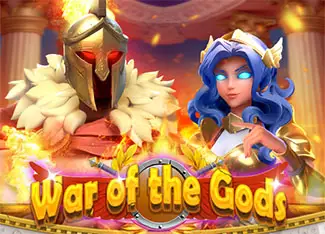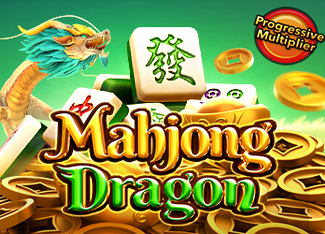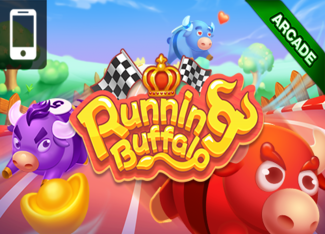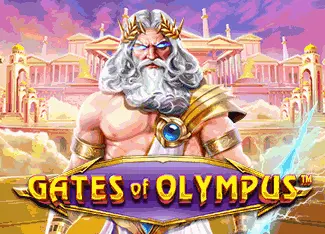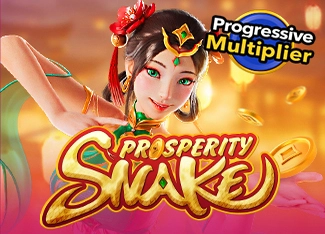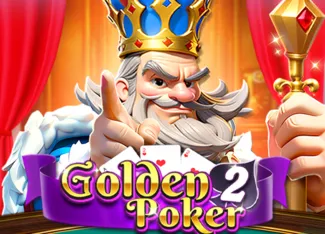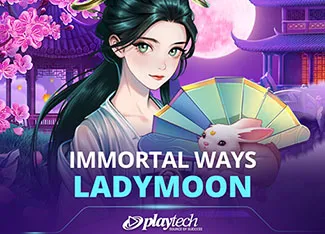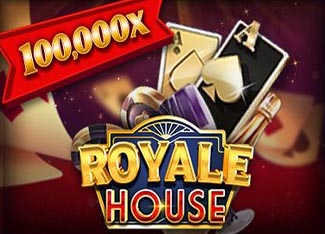






























HAPPYMPO Promo Terbaik Bandar Slot Gacor 777 Mudah Menang Terpercaya 2025
Tahun 2025 dibuka dengan gebrakan dari salah satu platform permainan online yang sudah tak asing lagi bagi para pecinta slot, yaitu HAPPYMPO. Dikenal sebagai bandar slot gacor 777, HAPPYMPO menghadirkan berbagai promo terbaik yang membuat peluang menang makin terbuka lebar. Bagi kamu yang sedang mencari tempat bermain terpercaya dengan kesempatan cuan besar, platform ini patut masuk dalam daftar favorit kamu tahun ini.
Keunggulan HAPPYMPO Sebagai Bandar Slot Gacor 777
Bukan sekadar nama, gelar “slot gacor” yang disandang HAPPYMPO bukan tanpa alasan. Platform ini dikenal konsisten memberikan kemenangan kepada para pemainnya melalui berbagai permainan slot dengan persentase Return to Player (RTP) yang tinggi. Di tahun 2025, HAPPYMPO semakin mengembangkan kualitas sistem mereka agar para pengguna bisa menikmati pengalaman bermain yang lancar, aman, dan menyenangkan.
Berikut beberapa keunggulan utama yang membuat HAPPYMPO menonjol:
RTP Tinggi dan Stabil Hampir semua game yang tersedia di HAPPYMPO memiliki tingkat RTP yang transparan dan menguntungkan. Ini jadi salah satu alasan kenapa banyak pemain menyebut situs ini sebagai bandar slot 777 paling gacor.
Pilihan Game Beragam Dari game klasik hingga slot modern dengan fitur bonus melimpah, HAPPYMPO menawarkan ratusan pilihan permainan dari provider ternama. Kamu bebas memilih sesuai selera dan strategi.
Sistem Fair Play dan Terpercaya Semua permainan diatur dengan sistem RNG (Random Number Generator) yang sudah tersertifikasi. Artinya, setiap putaran benar-benar acak dan tidak bisa dimanipulasi.
Tersedia 24 Jam Nonstop Tak ada waktu yang salah untuk bermain. Platform ini aktif 24 jam penuh dan didukung oleh tim customer service responsif yang siap membantu kapan pun dibutuhkan.
Promo Terbaik 2025 yang Wajib Kamu Nikmati
Di awal tahun ini, HAPPYMPO langsung memanjakan para pemain dengan deretan promo yang sangat menarik. Mulai dari bonus deposit harian, cashback mingguan, hingga reward kejutan untuk member aktif. Promo ini dirancang agar semua pemain, baik pemula maupun yang sudah berpengalaman, punya kesempatan yang sama untuk menang besar.
Beberapa promo unggulan HAPPYMPO tahun 2025:
Bonus New Member 150% – Cocok untuk kamu yang baru daftar dan ingin langsung mulai dengan saldo besar.
Cashback Mingguan Hingga 10% – Minimalkan kerugian dan main lebih tenang.
Event Slot Gacor Harian – Game pilihan dengan RTP ditingkatkan dan hadiah tambahan untuk pemain beruntung.
Loyalty Reward – Semakin sering bermain, semakin besar peluang kamu mendapatkan hadiah eksklusif.
Kenapa Harus Pilih HAPPYMPO di 2025?
Tahun ini, HAPPYMPO membuktikan diri sebagai platform yang tidak hanya mengandalkan keberuntungan, tetapi juga sistem dan layanan yang benar-benar mendukung pemain. Banyak testimoni positif dari para member yang berhasil meraih hasil maksimal dalam waktu singkat. Selain itu, sistem transaksi di HAPPYMPO juga sudah terintegrasi dengan berbagai metode pembayaran modern, termasuk e-wallet dan QRIS, yang menjadikan proses deposit dan withdraw semakin praktis.
Jika kamu sedang mencari bandar slot gacor 777 yang benar-benar terbukti mudah menang dan terpercaya di tahun 2025, HAPPYMPO adalah jawabannya. Dengan promo terbaik, sistem permainan yang adil, dan layanan yang profesional, platform ini cocok bagi siapa saja yang ingin merasakan keseruan bermain sambil mengincar kemenangan nyata. Mulailah perjalanan bermainmu di HAPPYMPO dan nikmati peluang cuan yang menanti setiap harinya!





































